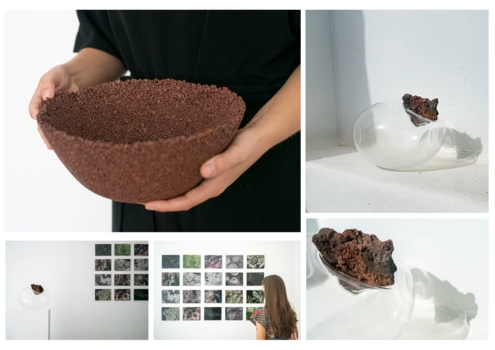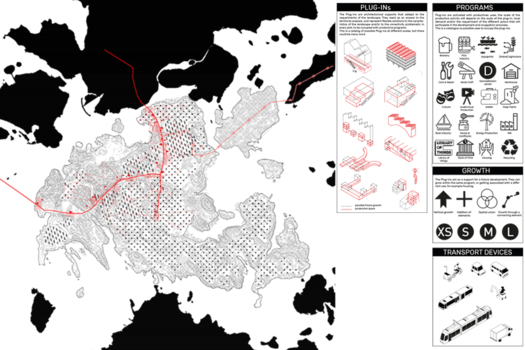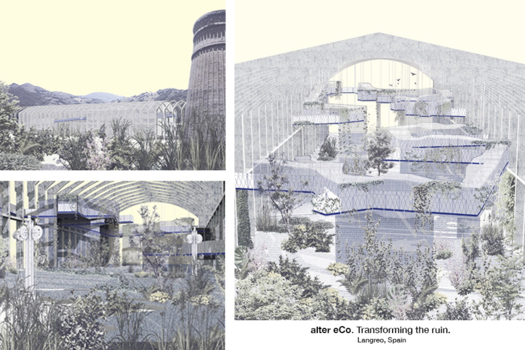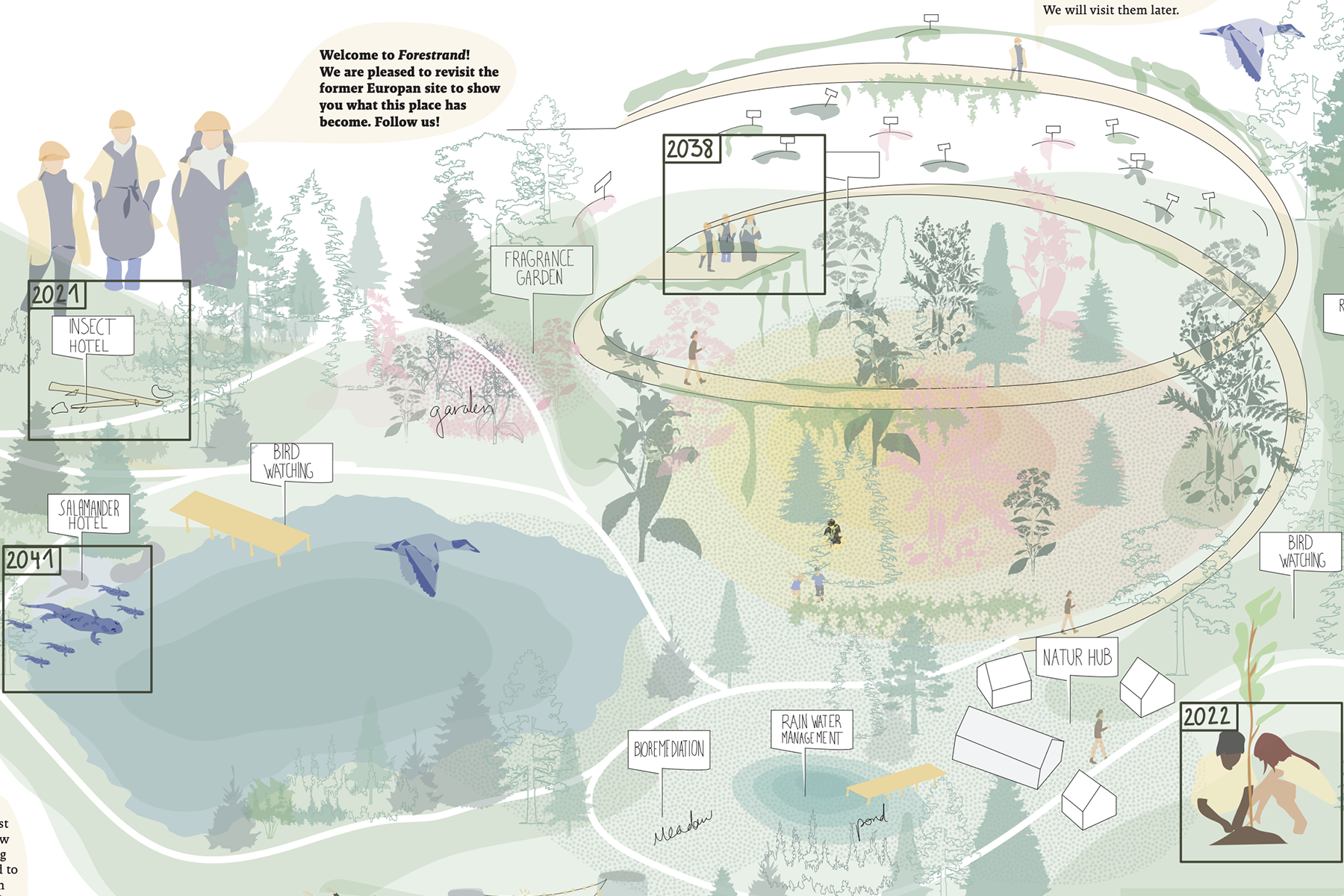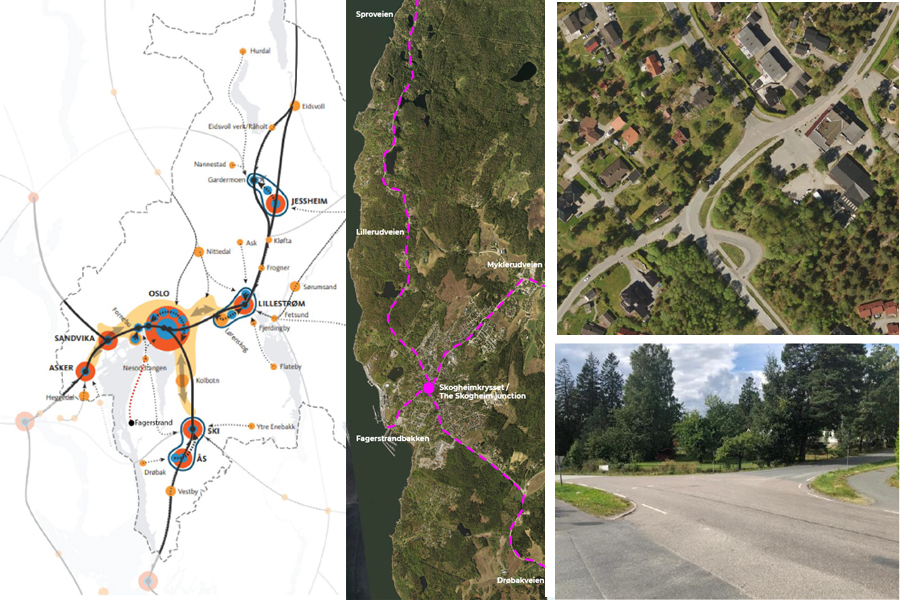Once upon a time in Forestrand
Fagerstrand (NO) - Runner-up

TEAM PORTRAIT
INTERVIEW
Click on the images to enlarge
1. How did you form the team for the competition?
We came across thanks to architectural practice and experience. Each of us has a differentbackground and specified interests in landscape architecture, sustainable urbanism, architecture and design . This happened to be a very convenient match to create a multidisciplinary team, given a common sensitivity in terms of ecology and narratives that seek to explore architectural meansbeyond the human-functional, strictly productive-focused paradigm.
2. How do you define the main issue of your project, and how did you answer on this session main topic, Living cities?
The project suggests a new territorial drift, a new vision resulting from placing the potentiality of life as an urban generator. Some of our main issues started as questions: How do we imagine a future where humans, flora and fauna will cohabitate the planet in a democratic-sustainable way? Where are the limits of human expansion? How do we place nature first along urban developments and people's lives? Under the moto “form follows fictions” we explore possible answers to those questions aiming architecture to explore new means related to a multi-dimensional way of understanding life. We believe them to be the motor of a new landscape, and yet we agree some of them to be left to the unplanned. Forestrand seeks to make space to these unplanned realities where everyday life takes place.
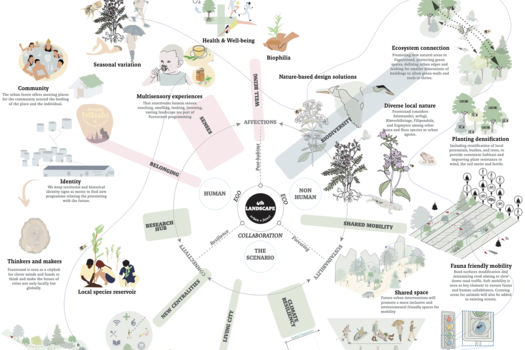
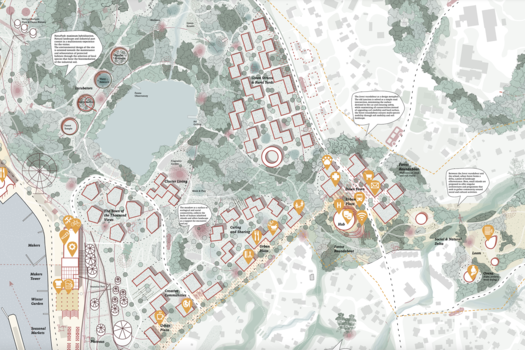

The main focus was to solve all these questions through a nature-oriented design. An urban forest isproposed to address the main topics and problems of the site. First of all, the urban forest willguarantee a formal connection between the two parts of Fagerstrand - the center and the waterfront-, articulating a series of new centralities. In order for this to happen, we propose to simplify the former road junction into an intersection. By reducing the motorised surface we wouldachieve a new welcoming and re-naturalized center for Fagerstrand. At the same time, by limitinghuman habitats to some densified islands, we achieve a greater hybrid landscape, “the 4th landscape”, with capacity for diverse ecological and soft mobility corridors. The hybridizations of new and existing architecture in a place for nature will occupy the landscape with multiple and innovativeactivities for both human and non-human needs, transforming obsolete structures into a resilientplace.
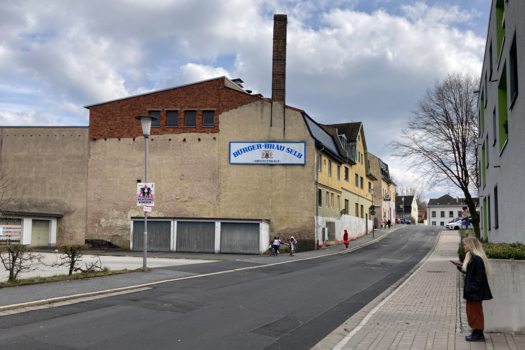

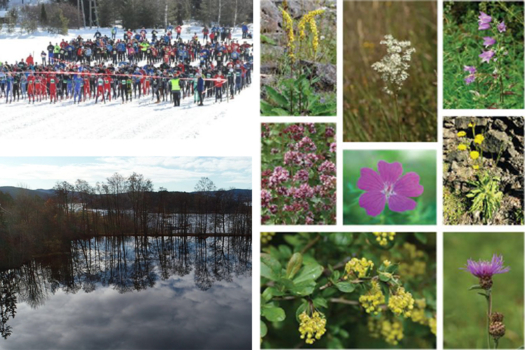
Living Cities is surely a foreground issue in our everyday practices, that we have carried on fromdifferent perspectives, contexts and expertise. There are plenty of references that inspire us, but justto mention some, we learned from Gilles Clement’s “Manifesto of the 3rd Landscape” and fromLacaton and Vassal practice how to un-planned architecture in order to achieve (bio)diversity, and sohow to use uncertainty as a programmatic tool. In a similar way, we could also mention ReynerBanham’s “Architecture of Four Ecologies” as a fresh look on urbanism beyond materiality and buildings, and of course as a part himself of the so-called “non-plan” group that included, amongothers, Cedric Price, Denis Scott Brown and Robert Venturi. The practices of some current nordic architecture offices such as SLA, Jan Gehl or Effekt, among others, have also served as a reference when addressing both urban and natural life for cities. In a more contemporary way, we find extremely interesting the hybridization between nature and architecture installation in the work of Philipp Rahm or Olafur Eliasson.
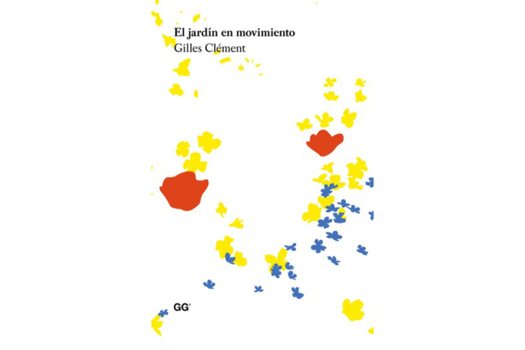
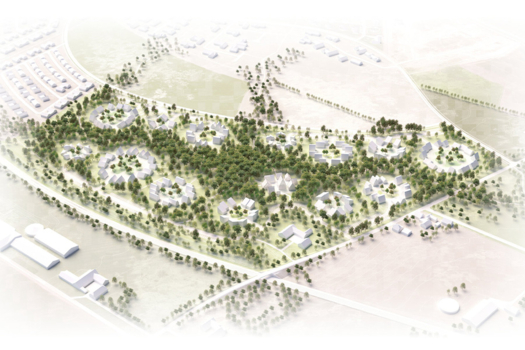
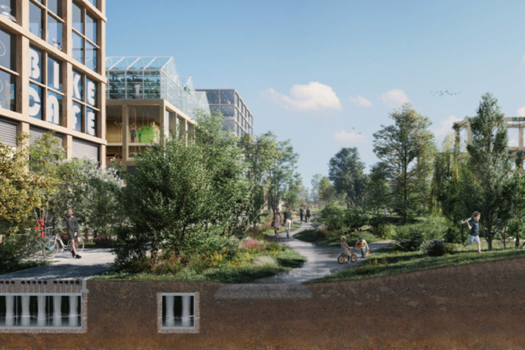
By including the “un-planned realities and fictions” as a project tool, we therefore reflect our will to understand urbanism as a cooperative and negotiated process as well. We assume that a transformation of the place that has been going on for decades needs time for a new line of action to be implemented. This is the reason why we have been carefully dedicated to identify all thosefictions, human and non-human, that are present in this process and that will work as activators of the different strategies. Different actors are brought to be part of it, and not only humans! By creatingmaster guide-lines for different actors and species, we pretend not to solve specific architectural matters but primarily to address spatial and programmatic demands that represent all of them.
6. Is it the first time you have been awarded a prize at Europan? How could this help you in your professional career?
No, it is not the first time. Paula Fernández was awarded honorable mention in E14 Helsinki togetherwith Laura Martínez (ES), Wojciech Kębłowski (PL), and Anibal Hernández (ES) with the project “MakeLaajasalo Productive Again. We see Europan not only as a professional opportunity but also as an excuse to carry on a continuous research and discussion about the future of cities.
TEAM IDENTITY
Office: -
Function: architecture, urbanism, landscaping
Average age of the associates: 32 years old
Has your team, together or separately, already conceived or implemented some projects and/or won any competition? if yes, which ones?
2014 - Competition “Cocido en Lavapiés”, I Premio Otis “Traza-Ciudad. Especulación con fragmentosurbanos”. Fundación Arquitectura y Sociedad. Second Prize. Paula Fernández + Patricia Báscones. https://www.premiosdearquitectura.es/es/noticias/93-ganadores-1er-premio-otis
2016 - Competition: "Hi book", Lanzarote main public library renovation, Second prize. Saray Ossorio + Carlos Álvarez. Lanzarote, Canary islands, Spain.
2017- Private Commission for a House. “Corridor House”. Xabier Montilla. Gijón, Spain.
2018 - Competition “Project Based School UE Madrid”. “Keniable”. First Prize. Xabier Montilla. Molo, Kenia.
2018 - Competition, “Make Laajasalo Productive Again”. Europan 14. Productive Cities. Laajasalo, Helnsinki. Honorable Mention. Laura Martínez + Paula Fernández + Wojciech Kębłowski + Anibal Hernández. https://www.europan-europe.eu/en/exchanges/Make-Laajasalo-Productive-Again
2018-2020: Research, production and exhibition: "Las cosas" - Saray Ossorio + Carlos Álvarez.https://www.neo2.com/las-cosas-cesar-manrique/
2019- Private Commission for a House. “A house with a view”. Xabier Montilla. Torrenueva, Spain.
2020 - Competition “I Thinking Architecture” by face to face Bcn. “Can we inhabit the mistake”. First Prize. Xabier Montilla. Barcelona, Spain.
2021 - Competition “PFC COAM 21”. “Alter eCo”. Honorable Mention. Xabier Montilla. Madrid, Spain. https://xabiermontilla.myportfolio.com/alter-eco
2021-ongoing: Private garden in Lanzarote: "Halcón de Eleonor Garden" - Saray Ossorio. Lanzarote, Canaryislands, Spain.
2021-ongoing. Private Commission for a House. “Haus Z” - Paula Fernández. Upper Austria, Austria.
2021- ongoing. Private Commission for a House. “A house to Stay”. Xabier Montilla. Gijon, Spain.
